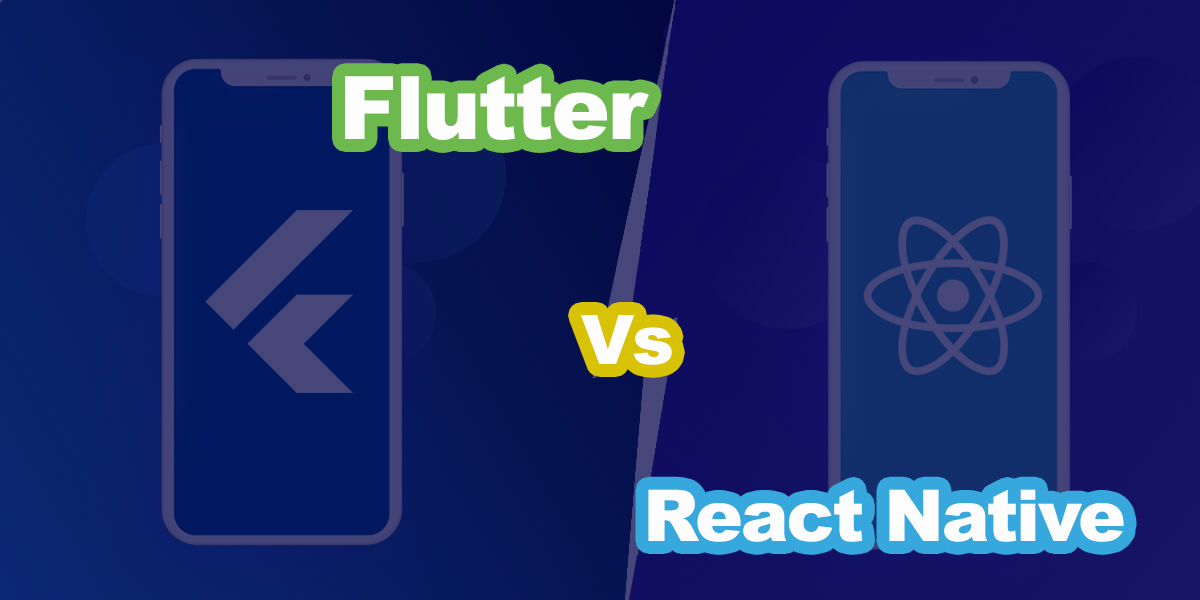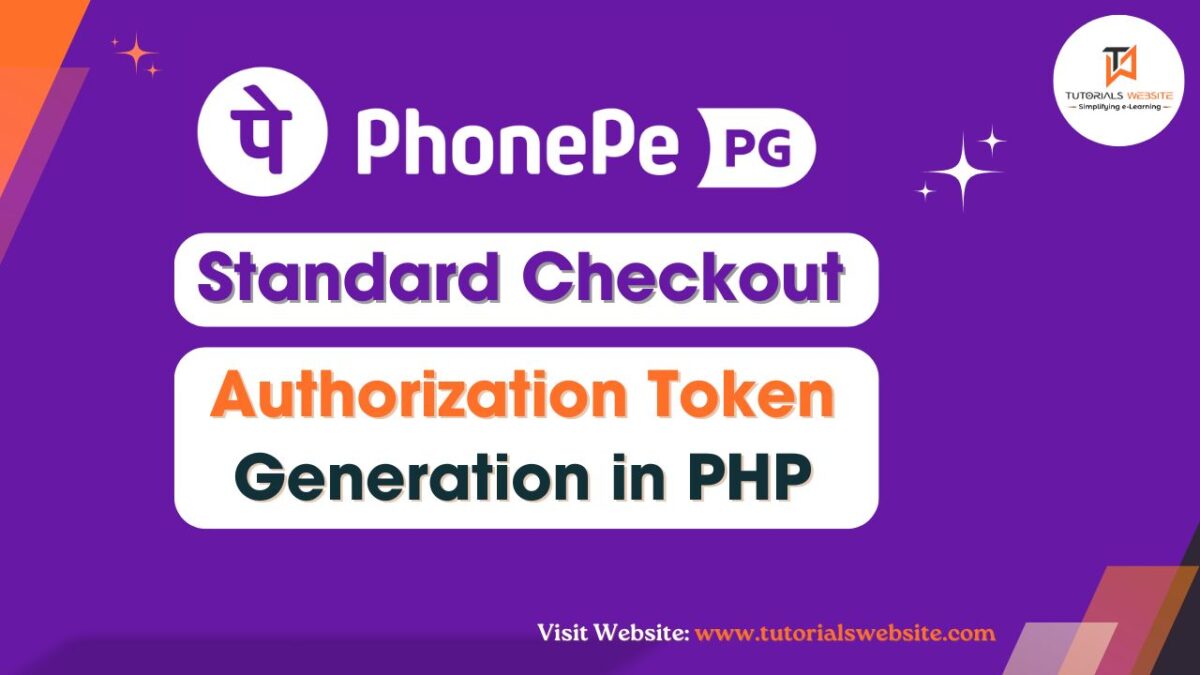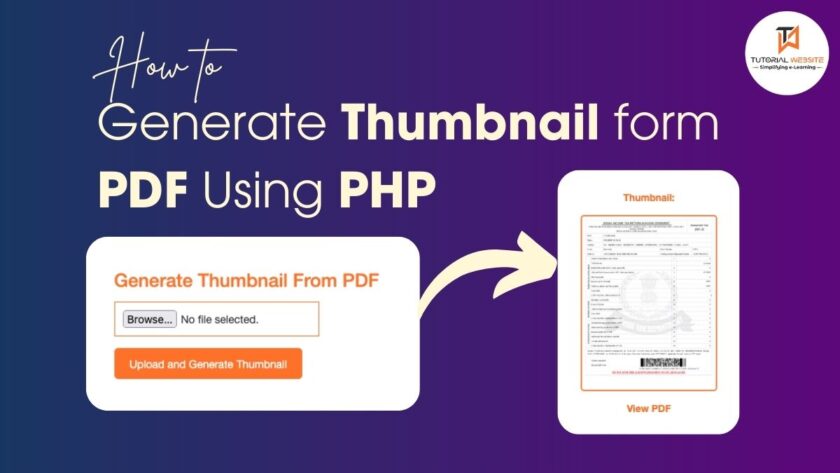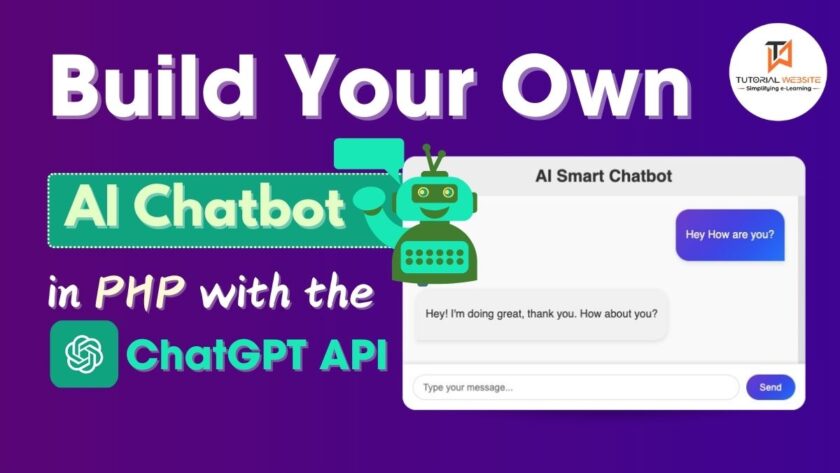Maybe you’d like to more quickly create apps? And with cross-platform growth, to minimise costs, but you’re not sure which technology to choose?
There are several types of solutions, but the most common one right now is to build compiled apps that are the closest to real native apps. Flutter and React Native are the most powerful competitors and hot cross-platform app development technologies in that field at this time.
Flutter vs. React Native
React Native by Facebook and Flutter by Google, are creating a buzz. We will compare both of them in depth from the viewpoint of a developer in this article.
Both React Native and Flutter have pros and cons, but the concept is to fill the gap between the two platforms (Android and iOS). I hope the Flutter vs React Native article provides the appropriate comparison and allows you to select the best cross-platform framework for your project. Some industry professionals have predicted that Flutter is the future of the development of mobile apps.
First, let’s cover the basic (but essential) details about React Native and Flutter.
What is React Native? – JavaScript
React Native is a javascript framework built upon the React library, both created by Facebook, and it allows you to develop IOS and Android apps with a single code base. It’s used primarily by Facebook, Instagram, Airbnb, and many others. React Native started out as an internal hackathon project at Facebook back in 2013, and in 2015 it was released to the public.
Pros & Cons of React Native
PROS of React Native:
- Hot Reload, i.e., provides fast coding
- One codebase: Development for two mobile platforms and more
- Uses a wildly popular language – JavaScript
- Developer freedom of choice as facilitates code reuse and cost-saving
- Relative maturity
- An active and vast community
- Easy to learn for React developers
- Up to 50% less testing
- Robust Performance
CONS of React Native:
- It isn’t Native
- Fewer components out of box
- Developer freedom of choice
- Lots of abandoned packages and libraries
- Fragile UI
- Apps are bigger than native ones.
What is Flutter? — Dart
Flutter enables cross-platform app development.It’s free and open source. It’s based on Dart – a fast, object-oriented programming language (Google released Dart 2.3 with new support for UI-as-code features – note that Dart is now in its 2.8 version).
Dart is relatively new, and is easy to learn – especially for experienced developers more familiar with Java and C#.
The architecture is based on the very popular reactive programming (it follows the same style as React). It provides its own widgets, drawn from its own high-performance rendering engine – these are fast, attractive and customizable.
Pros & Cons of Flutter
PROS of Flutter:
- Hot Reload = fast coding
- One codebase: Development for two mobile platforms
- Up to 50% less testing
- Same app UI, even on older devices, so you never have to worry about supporting older devices.
- Faster app development.
- User-friendly designs
- Perfect for MVPs
- Less Code
CONS of Flutter:
- Size of the developer community
- Libraries & support is impressive but not as productive as native development
- Continuous Integration support
- Platform risk
- App’s size
Flutter vs React Native: Point to Point Comparison
| Technology | React Native | Flutter |
| Programming Language | Javascript | Dart |
| Components Library | Very large inclusive library | Smaller, non-inclusive |
| Adaptive Components | Some are adaptive automatically | Components aren’t adaptive. Need to be configured manually. |
| Learning Curve | Easy to pick up, especially if you used to React or Javascript before | Quite steep, you need to pick up Dart, and reactive programming isn’t all intuitive |
| Created By | ||
| Main Architecture | Flux and Redux | BLoC |
| EcoSystem | Quite Mature, used in production in many big companies around the world, many packages available | Not yet mature, a fewer number of packages |
| Hot Reload | Supported | Supported |
| Github Stars | 68,690 | 37,200 |
| First Release | Jan 2015 | May 2017 |
| Top apps made with this technology | Instagram, Facebook, Facebook Ads, Skype, Tesla | Xianyu app by Alibaba, Hamilton app for Hamilton Musical, Google Ads app |
| Native performance | Great | Great |

Conclusion:
As JavaScript is frequently used by most web developers, the React Native framework is convenient to adopt. Dart also has a great feature set, but in the developer community, it is rarely used and less known. Considering this it is clear that in the programming language category, React Native wins the point.
Are you looking for Web developer & Designer Freelancer for your project ? Submit a paid service request

Pradeep Maurya is the Professional Web Developer & Designer and the Founder of “Tutorials website”. He lives in Delhi and loves to be a self-dependent person. As an owner, he is trying his best to improve this platform day by day. His passion, dedication and quick decision making ability to stand apart from others. He’s an avid blogger and writes on the publications like Dzone, e27.co





